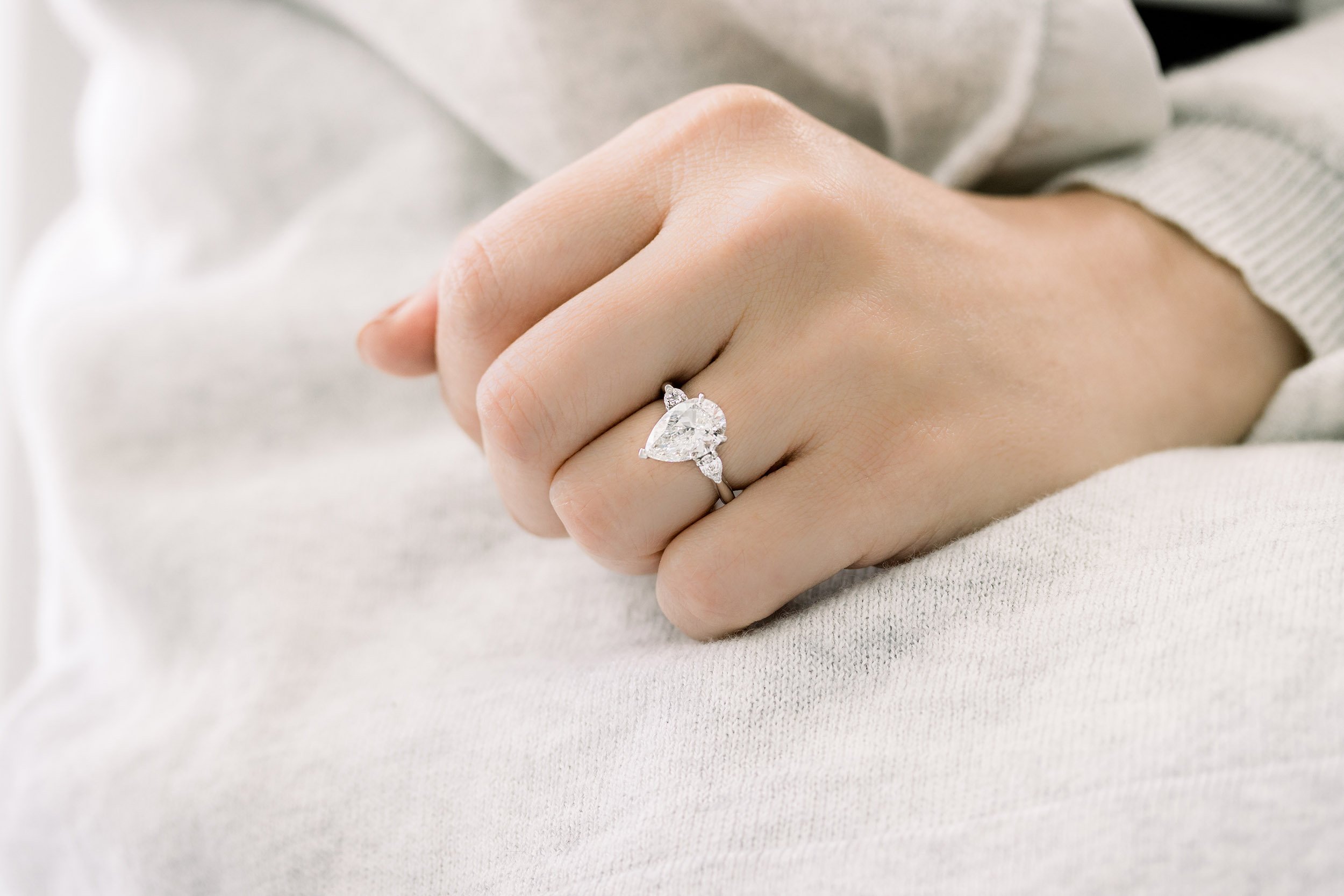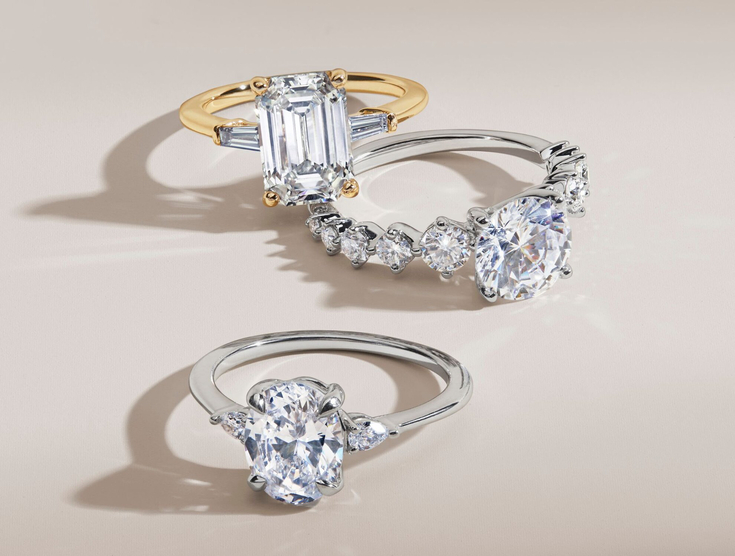Why Lab Diamonds are Better: Debunking Myths and Exploring Benefits
Introduction
In the realm of diamonds, a new contender has emerged — lab-created diamonds. These gems, born of scientific innovation rather than geological processes, are challenging traditional notions of what makes a diamond valuable. From environmental benefits to ethical considerations and beyond, lab diamonds are carving out a significant place in both the jewelry industry and beyond.
What are Lab Diamonds?
Lab diamonds, also known as synthetic or cultured diamonds, are created in laboratories using advanced technological processes that replicate the natural conditions under which diamonds form in the Earth’s mantle.
Benefits of Lab Diamonds
Environmental Impact
One of the standout advantages of lab diamonds is their minimal environmental footprint compared to traditional mining. Unlike natural diamonds, which require extensive mining operations lab diamonds are better, lab diamonds are produced with significantly lower energy and water usage.
Conflict-Free
Another compelling reason to choose lab diamonds is their ethical pedigree. These diamonds are inherently conflict-free, as they do not contribute to issues such as forced labor or environmental degradation often associated with diamond mining.
Quality and Purity
Lab diamonds are celebrated for their exceptional quality and purity. They are virtually indistinguishable from natural diamonds, often exhibiting the same brilliance and fire. Moreover, their traceable origins ensure transparency in quality standards.
Cost Considerations
Cost-conscious consumers appreciate that lab diamonds typically offer better value for money than their natural counterparts. This affordability stems from streamlined production processes and stable market pricing.
How Lab Diamonds Are Created
Process Overview
The creation of lab diamonds involves replicating the high-pressure, high-temperature conditions found in the Earth’s mantle. Carbon atoms are arranged in a crystal lattice structure over weeks or months, resulting in diamonds that are chemically identical to natural ones.
Comparison with Natural Diamonds
While natural diamonds form over millions of years deep within the Earth, lab diamonds are grown in controlled environments. Despite their different origins, both types share the same physical and chemical properties.
Certifications and Standards
Consumers interested in lab diamonds should look for certifications from reputable gemological laboratories. These certifications ensure that diamonds meet stringent quality and authenticity standards.
Popular Myths About Lab Diamonds
Myth 1: Lack of Rarity
Contrary to popular belief, lab diamonds are indeed rare. Their production requires advanced technology and skilled labor, making them scarce in their own right.
Myth 2: Lower Value
Lab diamonds hold their value over time, much like natural diamonds. Their growing popularity and sustainable origins contribute to their enduring worth.
Myth 3: Lack of Brilliance
Lab diamonds are renowned for their exceptional brilliance and sparkle. Their precisely engineered cut and clarity rival those of natural diamonds.
Consumer Considerations
Personal Preferences
Choosing between lab diamonds and natural diamonds often comes down to personal preferences. Some value the unique history of natural diamonds, while others prioritize sustainability and ethical considerations.
Industry Trends
The jewelry industry is increasingly embracing lab diamonds, reflecting shifting consumer values towards sustainability and transparency.
Applications of Lab Diamonds
Jewelry
Lab diamonds are widely used in jewelry, including engagement rings, necklaces, and earrings. Their versatility and ethical appeal make them a preferred choice for modern consumers.
Industrial Uses
Beyond jewelry, lab diamonds find applications in various industries, including electronics, cutting tools, and scientific research, thanks to their hardness and thermal conductivity.
Future Outlook
The future looks bright for lab diamonds as technology continues to advance and consumer awareness grows. Their sustainable appeal and technological allure position them as a cornerstone of the jewelry industry’s future.
Conclusion
In conclusion, lab diamonds represent a modern evolution in the world of luxury and fine jewelry. Beyond their exquisite beauty, these diamonds embody sustainability, ethics, and innovation. Whether for an engagement ring or industrial application, choosing a lab diamond ensures a clear conscience and a brilliant sparkle. Embrace the future of diamonds with lab-created brilliance that shines bright in every facet of life.


